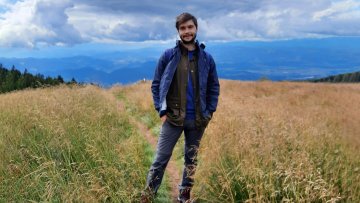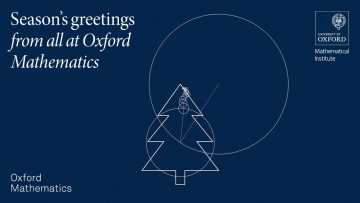15:30
Localization and decomposition
Abstract
Let X be a closed Riemannian manifold, and represent the algebra C(X) of continuous functions on X on the Hilbert space L^2(X) by multiplication. Inspired by the heat kernel proof of the Atiyah-Singer index theorem, I'll explain how to describe K-homology (i.e. the dual theory to Atiyah-Hirzebruch K-theory) in terms of parametrized families of operators on L^2(X) that get more and more 'local' in X as time tends to infinity.
I'll then switch perspectives from C(X) -- the prototypical example of a commutative C*-algebra -- to noncommutative C*-algebras coming from discrete groups, and explain how the underlying large-scale geometry of the groups can give rise to approximate 'decompositions' of the C*-algebras. I'll then explain how to use these decompositions and localization in the sense above to compute K-homology, and the connection to some conjectures in topology, geometry, and C*-algebra theory.



